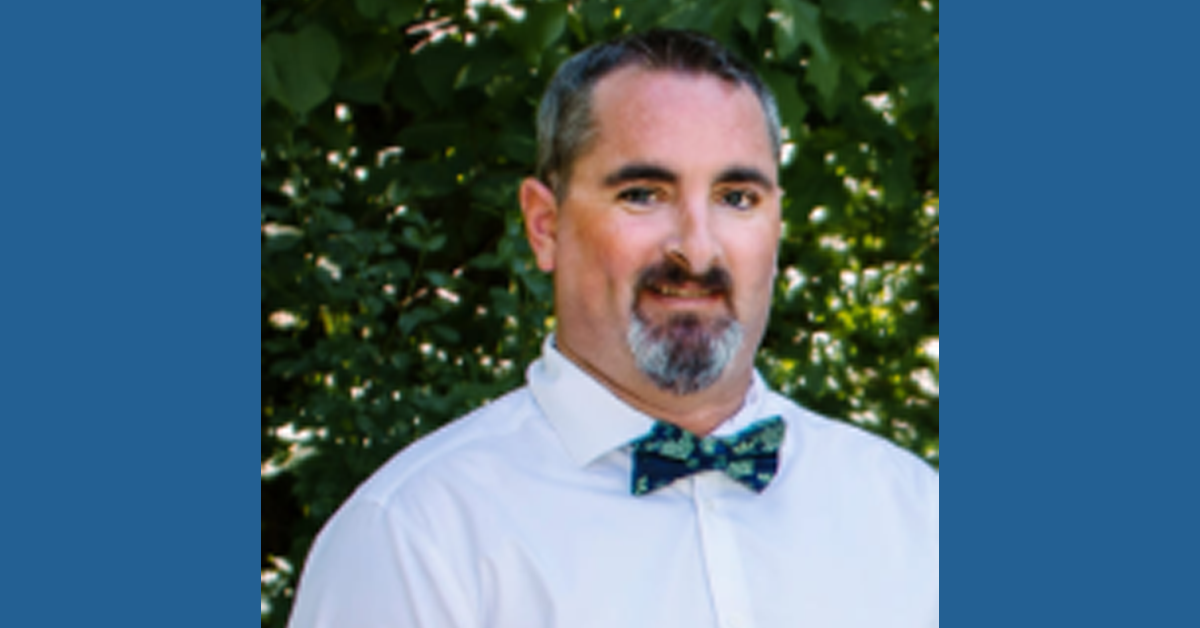
It was a typical morning for Lance Bethke. He woke up, chatted with his wife and took a shower.
However, the morning rapidly became anything but typical. Things started going awry soon after Lance got out of the shower.
“I had no sense of balance whatsoever and then I began to get the hiccups really bad,” he says. “I was just sweatin’ non-stop and then my head started to hurt really bad. Probably one of the worst headaches I’ve ever had.”
His situation quickly worsened.
“I laid down on the bed and as I was lying there it was like non-stop pain. I was light-headed and dizzy. I couldn’t see. So, I got up and that’s when I fell over and my wife called 911.”
Lance, who is in his late 30s, was rushed by ambulance to Aurora BayCare Medical Center in Green Bay, the first certified Comprehensive Stroke Center in northeastern Wisconsin and Michigan’s Upper Peninsula.
Dr. Gerald W. Eckardt, a neurosurgeon with BayCare Clinic, quickly determined Lance had experienced an intracerebral hemorrhage, a life-threatening form of stroke. Undiagnosed high blood pressure caused a blood vessel in Lance’s brain to burst.
An intracerebral hemorrhage typically occurs suddenly and commonly affects people who are unaware that they have high blood pressure.
Even though Lance lives only 3 minutes from the hospital on Green Bay’s east side, there were fears that he wouldn’t make it there alive.
Eckardt immediately performed a craniotomy to relieve the pressure on Lance’s brain. During a craniotomy, a section of the skull called a bone flap is temporarily removed so the surgeon can access the brain. Lance’s bone flap was replaced three months later.
During those three months, Lance returned to the operating room three times for follow-up care and progress checks.
Lance beat the odds. An estimated 60 percent of people who experience an intracerebral hemorrhage don’t survive the ordeal. Given the size of his hemorrhage and its location, Lance initially faced a steep, uphill battle. However, he was in good hands with Eckardt.
“I remember the look on his face, it wasn’t good, I remember that,” Lance says of Eckardt. “I was in really bad shape.”
Months after his stroke, Lance went through speech therapy, physical therapy and occupational therapy.
“I didn’t think I was that bad until I got out of the hospital and did rehab and that’s when I knew I was bad and in rough shape,” Lance says. “They didn’t think I’d ever walk. Dr. Eckardt thought it might take two to three months and I think I was walking within the first month.”
An intracerebral hemorrhage typically means months of recovery for those who survive one. In Lance’s case, he was left with a few challenges. The stroke immobilized his left arm and fingers, challenging his ability to do physical work at his landscape company.
“Tying the tractors down to go cut lawns, building the tiller walls, pouring concrete, that’s a big one everyone always wants me to help with,” Lance says. “I don’t how many times I’ve had to say, ‘Well, my left arm ain’t workin.’ I can’t help you. I mean, I can show you, but I can’t do it.’”
Since his stroke and recovery, Lance is more aware of his day-to-day health.
“I’m not stressed out and take it easy now,” he says.
“Don’t ever think you’re invincible because in the blink of an eye your life can change,” Lance says. Take care of yourself.”